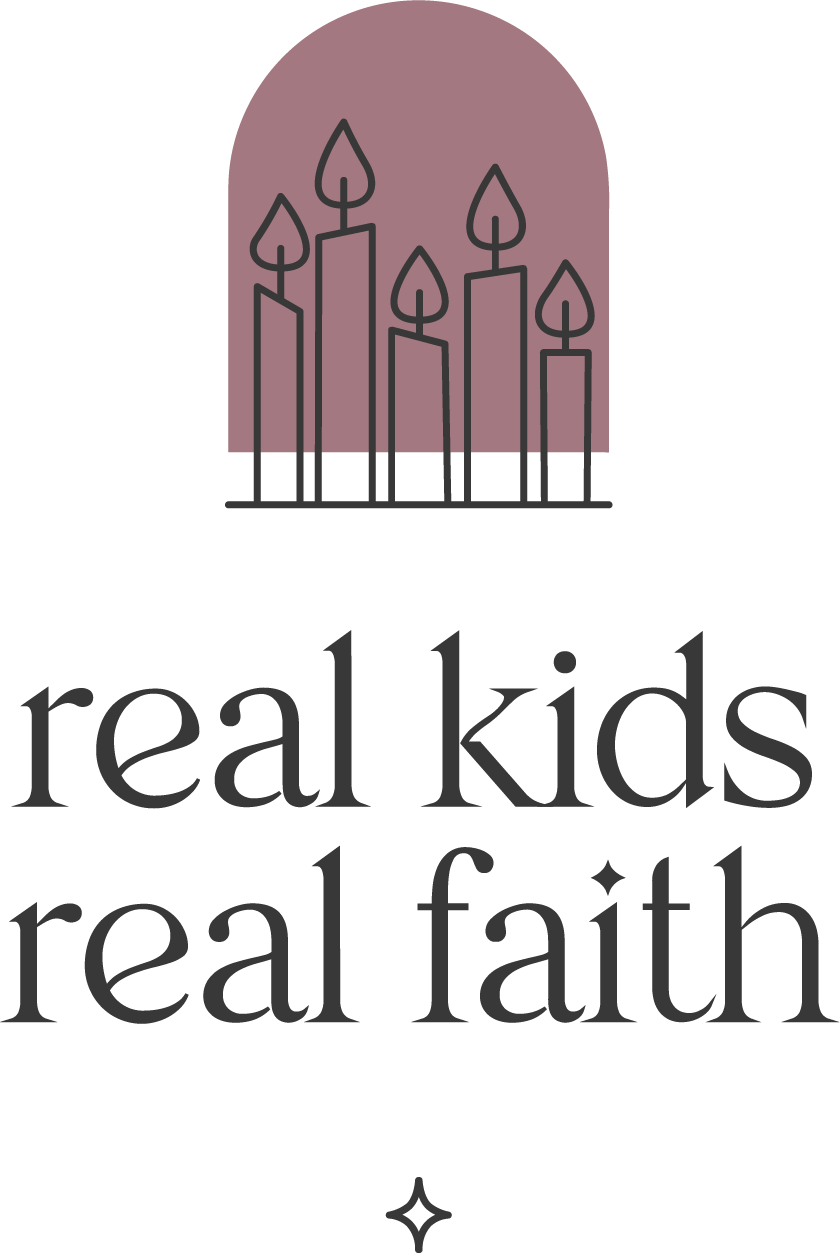Social change can be scary for children (and adults). Much of parenting young children involves teaching them to obey rules and follow directions for their own safety and wellbeing. Conforming to societal norms also helps children show respect for others and develop healthy reciprocal relationships. To a certain extent, they need to learn how rules and routines can be positive forces for good.
However, educator Katherine Ann Payne notes that children also need to know when and how to break from a prescribed set of rules. They need to learn to ask “who benefits?” from specific norms and assess the fairness of rules they might otherwise take for granted. They need to consider whether following the rules creates a community that cares for all its members or disadvantages some while privileging others.
Having one’s basic assumptions about rules and routines challenged isn’t comfortable. However, even though predictability often serves to reduce anxiety, when maintaining the status quo reinforces social inequities, change is necessary. Teaching children to value positive change can help them overcome their discomfort and embrace their role as change-makers for the common good.
As parents, we may not know quite how to bring up the subject of change as a positive force. Luckily, Amanda Gorman’s new book, Change Sings: A Children’s Anthem, can help. Through simple poetry and vibrant images, it invites children to explore social change from many angles. They can imagine themselves in the story as a young change-agent or watch what happens as the central character moves through her changing community. Either way, they will be challenged to see change in a new light: a gift and a calling rather than something to be feared.
Begin a conversation about change using Change Sings and one or more of these activities:
Make a list together of all of the ways you see social change happening in the book. Use both the words and images to help you find ways to add to your list. Then discuss which pages depict your most desired changes and why.
Pay attention to the emotions expressed by people in the book. Where do people look excited or joyful about change? Where do people look scared of change? Invite each person to share how they feel about change.
Connect the book to your family’s desires for your community. Talk about which of the changes you would like to see happen where you live. What steps are needed for change to occur? How could you help make those changes happen?
Notice how Gorman connects change with a song. Imagine how a change song sounds. Does it have a hip hop, disco, or swing beat? Do people clap along, snap their fingers, or stomp their feet? Share with each other how you would participate in the song: singing, dancing, playing an instrument, or some other way.
Related Resources
- Change Sings by Amanda Gorman: 9780593203224 | PenguinRandomHouse.com: Books
- Talking about Amanda Gorman’s The Hill We Climb
- Inward & Outward Spirituality
- Welcoming Afghan Refugees
- Spiritual Story Books
- Katherina A Payne | College of Education | UT Austin |
- Create a Virtual Protest
- Guided Meditation for Justice Seekers

Comments